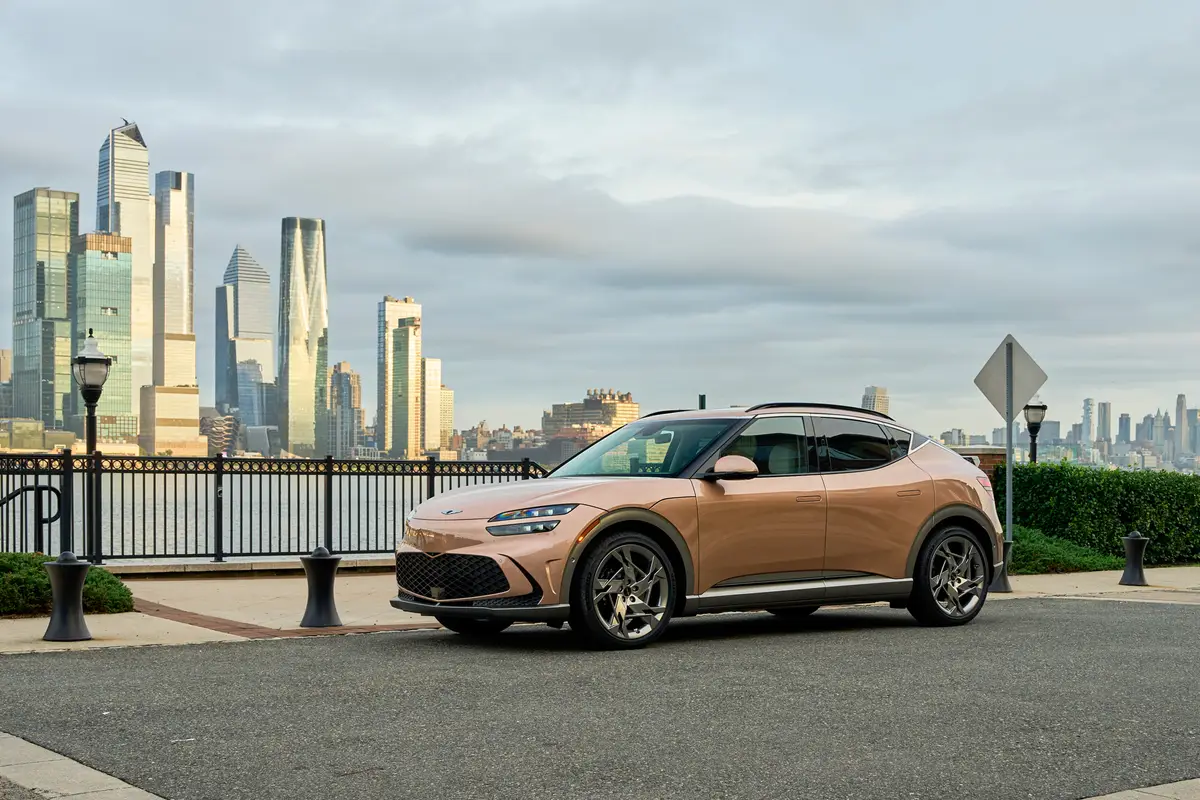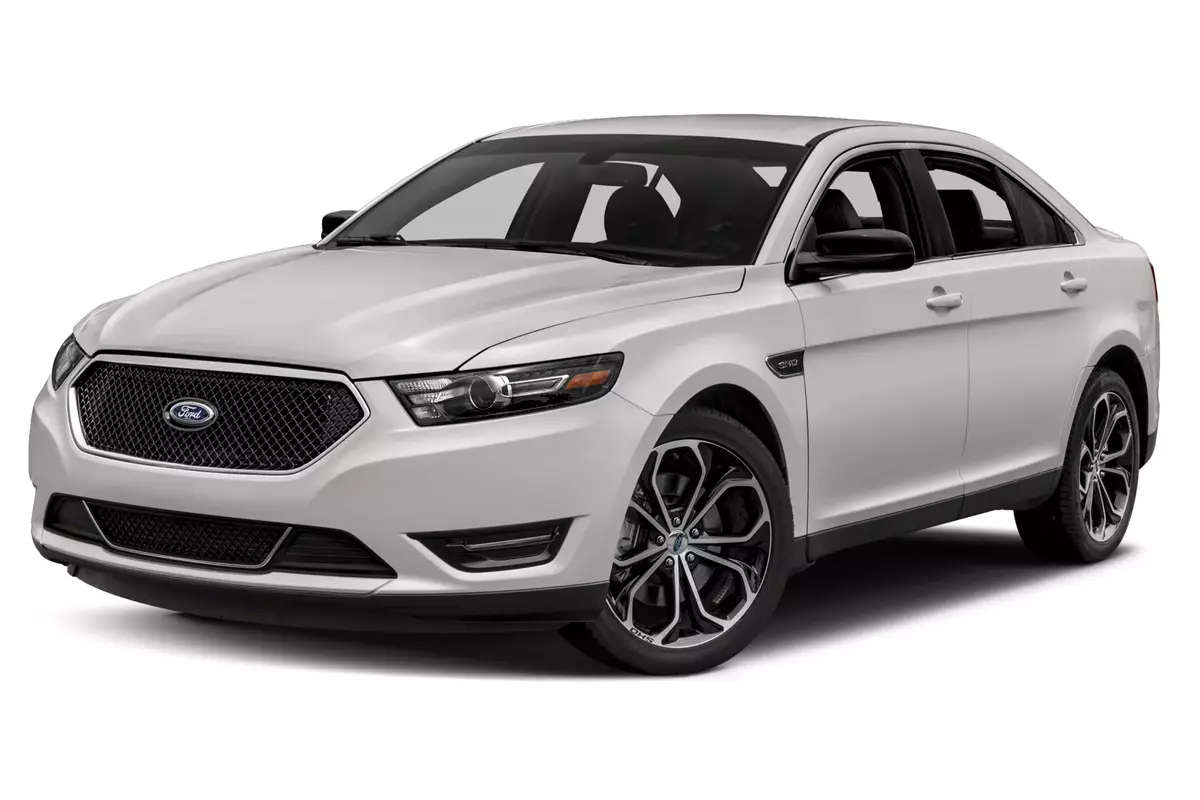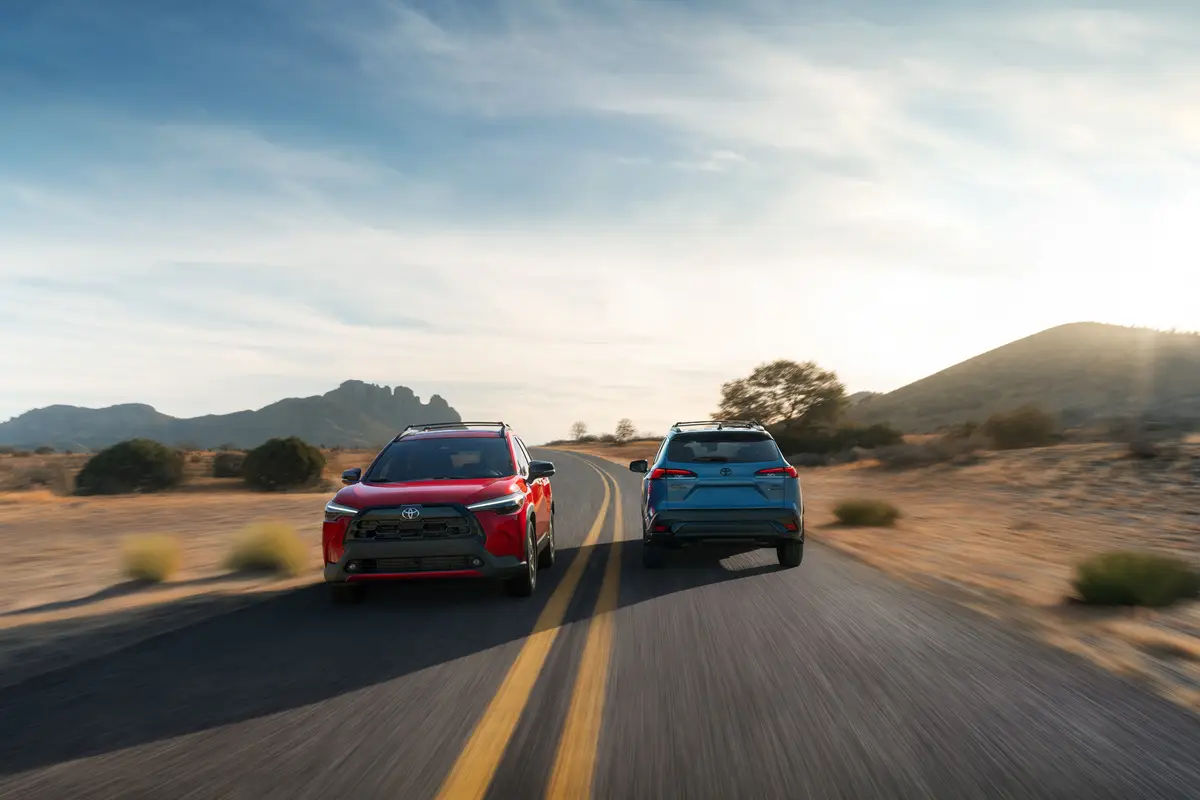chicagotribune.com's view
What we have with the new Mercedes-Benz C230 is a quandary.
For 1999 Mercedes has supercharged the 2.3-liter 4-cylinder engine in the base C-Class sedan, turning what had been a 148-horsepower 4-banger into a 185-h.p. 4.
And yes, that’s the same supercharged 2.3-liter 4 in the Mercedes SLK roadster. With the supercharging, the C230 is now called the C230 Kompressor (read supercharger). Perhaps one of every 1,000 C230 owners will call their vehicle a Kompressor, but the name makes the German manufacturer happy, so let it be.
Good move, however. The 2.3-liter 4 needed a dose of adrenalin because it lacked some of the spirit of its C280 stablemate powered by a 2.8-liter, 194-h.p. V-6.
But now with supercharging, the difference between the base 4-cylinder model and the upgraded C280 is almost imperceptible in off-the-line performance and its newfound ability to zip into and out of the passing lane.
The 2.3-liter 4 develops 185 h.p. and 200 foot-pounds of torque; the 2.8-liter develops 194 h.p. and 195 foot-pounds of torque.
So do you go the Kompressor route or check out the V-6?
Examine the numbers. The Kompressor delivers 21 miles per gallon city and 29 m.p.g. highway while the C280 V-6 delivers 23 m.p.g. city and 27 m.p.g. highway. The edge to the V-6 in the city, where most of your driving will be, the edge to the 4-cylinder on the highway. But, C230 mileage has slipped from the 23 m.p.g. city/30 m.p.g. highway rating of 1998 without the supercharger. No free lunch; the 37-h.p. comes at the cost of fuel economy slipping.
So what you have is similar performance, similar fuel economy. What is a C-Class customer to do?
Best thing to do is examine another set of numbers. The 4-cylinder C230 starts at $31,200, the V-6 C280 starts at $35,600, a $4,400 spread.
While checking out numbers, take a look at the window sticker of a new ES300, Lexus’ compact, entry-level luxury car that borrows heavily from the Toyota Camry. In many cases, a Lexus will run as much, if not more, than a C230. Hmm. A $30,000 Lexus versus a $30,000 Mercedes. Duh!
Maybe the C230 Kompressor we tested will move as quickly from the light as the C280, but the C280 will move with typical V-6 quiet and smoothness. The C280 is the more refined of the machines. The C230 has the pep, the C280 has the panache–and a $4,400 higher sticker.
The C230 exhibits some 4-cylinder traits, one being a trace of noise at hard acceleration. The supercharger tends to growl a bit; the V-6 is whisper quiet.
The C230 we tested is typical Mercedes. Solid. The compact sedan plants itself on the pavement. No floating. Fine road manners, excellent attention to detail and an array of safety features–from anti-lock brakes and air bags to a first-aid kit.
The C230 is an entry-level luxury sedan. Like the Cadillac Catera, it is sensibly sized. It boasts all the comfort and convenience of a land yacht, but is just big enough to house four adults and their luggage or golf clubs and just small enough to easily maneuver and park in one try.
The C230 we tested comes with dual front and side-impact air bags. The passenger seat has sensors that detect an occupant or absence of one. If no one is in the seat, the air bag will not deploy in an impact.
You may want to call it a “smart air bag.” Not quite. Very learned, but not “smart” as defined by bags detect not only whether a person is in the seat, but also will sense the occupant’s size and weight as well as position in the seat and whether he or she is wearing a seat belt. Then it will determine whether to deploy the bag and the speed at which it should deploy based on vehicle speed at time of impact. But kudos to Mercedes for more intelligent bags.
Also, if you buy a Mercedes child seat, sensors in that seat tell the sensors in the passenger seat that a child is on board and the bag will not deploy.
The rear-wheel-drive C-230 also comes with AS R, an anti-slip traction control system, as standard. It was a $990 option last year. Nice touch. ASR electronically limits wheel spin on slippery surfaces, from rain-soaked to snow-slicked roads, by applying the rear ABS and, if needed, regulating fuel flow to the engine to slow the vehicle down.
Several trips on rain-soaked pavement proved the system works well, especially in moving from the stop light without the tail end wavering while attempting to get a grip.
Also standard is Brake Assist to help reduce stopping distances in emergency braking situations. Brake assist sensors detect panic stops based on how quickly you apply pressure to the pedal; it can apply full force faster than the driver can.
Other noteworthy features include the first-aid kit in the rear seat parcel shelf, a fold-down armrest in back with pull out dual cupholders and Smart Key, which isn’t a key at all, but rather a plastic fob that slips into a slot in the dash and uses an infrared signal to start the car. The beauty is that there is no metal key for thieves to duplicate.
We hope, however, that Mercedes will make a smaller Smart Key that slips into, rather than fills, the pocket.
Standard equipment includes automatic climate control with dust/pollen filters, power driver’s seat, power windows with express up and down, outside temperature gauge, integrated garage door opener, auto dimming day/night inside mirror, cruise control and heated power outside mirrors. And in cold weather, the climate control system can circulate residual warm air through the cabin for up to 30 minutes after the car is parked.
However, there are some gripes with the C230. The much-used glass sunroof costs the proverbial arm and leg–$1,110. You could reroof a house for what it costs to install a sliding sheet of glass on a C230.
And the single blade, or as we call it the “claw,” windshield wiper is disappointing in terms of the speed and thoroughness with which it cleans the glass in downpours.
The glove box will barely hold what its name advertises, and we emphasize glove and not gloves. And, there is a storage net built into the floor to the left of the passenger’s seat. Perhaps it was designed to hold a purse, but it appears to be just big enough to hold the gloves you can’t get in the box above it.
Finally, bet 16-inch tires would give the C230 even better cornering capabilities than the 15-inch treads that come as standard.
Mercedes brought out the C-Class in the 1994 model year to replace the aged 190, a much narrower, far less comfy sedan. The C-Class consisted of the 4-cylinder C220 and V-6 C280. There was about a $5,000 price spread, which some owners skirted by purchasing the cheaper C220 and a C280 chrome name badge for the deck lid. For shame–but clever.
In 1998 the C-Class moved up to a 2.3-liter 4-cylinder and thus the name switch to the C230.
In addition to the C230 and C280, Mercedes offers a C-Class performance sedan, the C43 powered by a 4.3-liter, 302-h.p. V-8, but it starts at $53,000.
Mercedes also offers a sport package to dress up the C-Class sedans and in 1999 the package is available on the base C230 as well as the C280. The sport package includes 16-inch tires and alloy wheels and an upgraded and firmer suspension for more precise handling and more aggressive cornering. The package runs $890 and Mercedes reports that 33 percent of all C-Class sedans being sold are going out the door with the sport package.
>> 1999 Mercedes-Benz C230
© 1998 Chicago Tribune Wheelbase: 105.9 inches Length: 177.4 inches Engine: 2.3-liter, 185-h.p., supercharged 4-cylinder Transmission: 5-speed automatic Fuel economy: 21 m.p.g. city/29 m.p.g. highway Base price: $31,200 Price as tested: $34,505. Includes $1,110 for power glass sunroof; $1,595 for integra t ed CD changer and portable phone; and $600 for smoke silver exterior finish. Add $595 for freight. Pluses: The supercharger provides 37 more h.p. and 38 more foot-pounds of torque and quicker off-the-line performance, yet excellent fuel economy. Sensibly sized luxury sedan. Front and side-impact air bags. Traction (anti-slip) control. Passenger-seat occupancy sensor so bag doesn’t deploy if no one sitting in it. Baby Smart sensors that react to Mercedes baby seat to prevent bag deployment on passenger side. At this price, why consider a Lexus ES300? Minuses: The 4-cylinder a tad loud at initial acceleration. Price of optional sunroof seems more than a bit high. >>
Latest news



